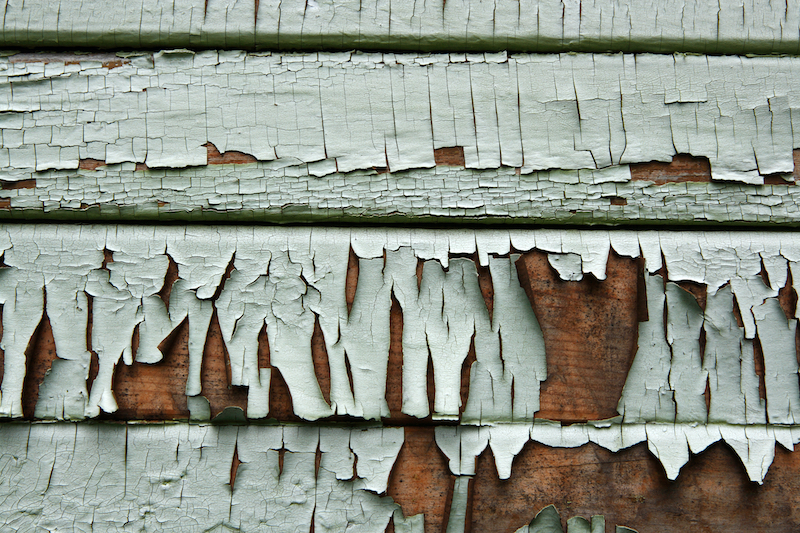Wood siding is losing its popularity as an essential in homebuilding. The main reason for this is that it does not provide value compared to other available siding options in the market. Back in the day, wood siding was the preferred choice because of its reliability, availability, and durability. However, these days we’ve developed higher building standards, so home siding should last longer and provide protection against hazards and moisture. Here are some of the reasons why homeowners are shifting away from wood siding.
Wood Siding is Becoming a Costly Option
There are strict rules against deforestation, therefore making wood siding expensive. Additionally, the manufacturing process of other siding options requires less effort and time compared to wood siding. The cost of wood siding maintenance is higher. You will regularly have to wash and paint your wood siding after a couple of years to maximize its longevity. Other siding preferences, such as vinyl, do not require this much maintenance.
Easy Water Penetration
Unlike most siding options that repel water, wood absorbs most water. Water absorption often leads to cracking, which damages your home siding and may result in leakages in your home. Further, water exposure is a perfect breeding arena for mildew and mold. These two will damage your wood, and most likely spread to other surfaces in your home
Prone to Pests
If you have wood siding, then be prepared to host termites, and other pests. If you do not want a pest invasion in your home, find siding options that will not attract them.
Susceptible to Temperature Changes
Wood expands and contracts during the day as temperatures change. While all siding materials shift a bit, wood is more susceptible to temperature changes, eventually leading to cracking and warping. Other siding materials are less likely to warp as temperatures change.
The Durability of Wood Siding
While wood siding is durable, its durability is not comparable to contemporary siding options. Wood siding mostly lasts up to two decades, depending on how you maintain it. Other options will last longer than that with no maintenance required. For this reason, homeowners have concluded that siding alternatives provide more value than wood siding.
Flammability
While wood is flammable, some options may offer protection against fire. The best choice in the market against flammability is fiber cement. It is fireproof and does not warp if near a flame.
Enhancements in Other Home Siding Materials
Manufacturers have improved the quality of other siding materials. There are siding options in the market that are durable, pest-free, fireproof, and are not prone to temperature changes. Furthermore, these options can be tailor-made to look like wood if you want. You can enjoy the wood-like appearance without having to sacrifice the quality and durability of your siding.

